Some holidays you forget by Tuesday. Others? They stick with you because your body remembers the adrenaline.
The ones where your heart's hammering so loud you can hear it over the river below. Where your legs are seriously reconsidering every life decision that led to this exact moment. Where you're either screaming or laughing or both, and you can't quite tell the difference.
Adventure travel strips away the comfortable buffer most tourism provides. You're not observing from behind glass or staying safely on marked paths. You're jumping off things, diving into things, and trusting equipment and instructors with your actual wellbeing. It's brilliant and terrifying in roughly equal measure.
This guide's for people who enjoy being slightly scared and completely alive. If you're after the kind of rush that stays with you months later – the story you'll tell at every opportunity – these adventures deliver.
Jumping, Rapids, and Underwater Panic

-
Bungee Jumping in New Zealand
New Zealand built its tourism reputation on making people jump off perfectly good platforms attached to nothing but elastic.
The Kawarau Bridge in Queenstown is where modern bungee was invented. It's relatively gentle by New Zealand standards – a 43-metre drop that gives you time to process what's happening before the cord catches you. First-timers usually start here, and fair play – it's terrifying enough without adding unnecessary height.
Nevis Bungy is for people who found Kawarau too easy or are lying about not being scared. 134 metres of freefall. Takes eight seconds to reach the bottom. Those eight seconds feel considerably longer when you're experiencing them.
Why it works: The scenery's so stunning it almost distracts you from the panic. Almost. The rush is genuinely unforgettable – that particular cocktail of terror and exhilaration that makes you feel properly alive.
Best months: October to April, when weather's reliable and views are clear. Winter jumps happen but you're adding cold to the fear equation.
What you need: Certified operators with proper weight and health screenings. New Zealand takes safety seriously – if they say you can't jump, you can't jump. The operators know what they're doing. Trust the process even when every instinct is screaming at you not to leap off that platform.
-
White Water Rafting in Himachal Pradesh

Himachal's rivers deliver some of Asia's best rafting, and they don't mess about with gentle introductory floats.
The Beas River offers grades II to IV rapids – enough variety that beginners aren't completely overwhelmed while experienced rafters still get proper excitement. The Sutlej ups the intensity if you're confident or foolish enough.
Why it works: Cold mountain water shocking you awake, lush valley scenery flashing past, and the thrill of hitting consecutive rapids where you're either paddling frantically or holding on for dear life. Sometimes both simultaneously.
Best months: April to June, when snowmelt swells the rivers properly. September to October after the monsoon, when water levels are still high but the weather's more reliable.
What you need: Operators who inspect gear before every run. Helmets that actually fit rather than wobbling around. Life jackets that are properly secured. Guide who knows the river's moods because mountain rivers change character quickly depending on rainfall and season.
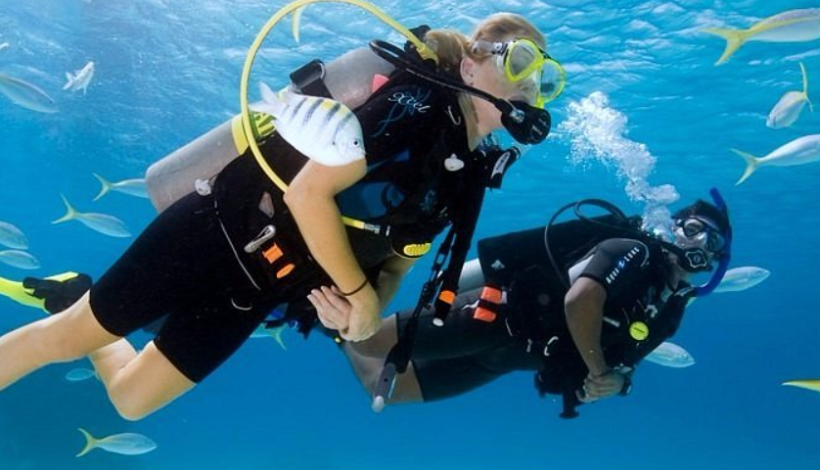
Underwater Bali feels like entering a completely different planet. The sort that's actually pleasant rather than trying to kill you.
Menjangan's coral walls drop into proper depth, covered in soft corals and patrolled by reef sharks that ignore divers completely. The USAT Liberty wreck at Tulamben sits close to shore, making it accessible even for newer divers while still being genuinely interesting. Nusa Penida's manta cleaning stations let you hover, watching these massive creatures get serviced by tiny cleaner fish – unexpectedly mesmerising.
Why it works: Warm water means you're not freezing in a wetsuit. Visibility's usually excellent. Sites range from shallow, easy dives to challenging drift dives with serious current. Something for everyone from first-timers doing intro dives to technical divers chasing specific species.
Best months: April to November for calmest seas and best visibility. Outside these months you're gambling with weather and currents get trickier.
What you need: Dive centres certified by PADI, SSI, or equivalent recognised bodies. Instructors who actually check your skills rather than just taking your money. Equipment that's been properly maintained. If something feels dodgy – gear that doesn't work right, an instructor who's rushing through safety checks – find another operator.
Flying, Surfing, and Reconsidering Gravity

-
Paragliding in Bir Billing, Himachal
Bir Billing regularly ranks among the world's top paragliding spots, which tells you the thermals are excellent and the views are properly stunning.
You launch from Billing at about 2,400 metres, glide through the Dhauladhar range, and land in the Bir valley below. Flight time averages 20-30 minutes on good days, longer if you catch the right thermals. The sensation's oddly peaceful despite being suspended under fabric thousands of metres up.
Why it works: Long flight times compared to many paragliding destinations. Experienced instructors who've been doing this for years – many are competition pilots between seasons. Views spanning endless mountains and valleys that make you forget to be scared. Mostly.
Best months: October to December, when the weather's stable and thermals are consistent. March to May works too, though it gets warmer and thermals can be more turbulent.
What you need: Tandem flights with licensed pilots only. No exceptions. Check their certification, their equipment age, and their experience level. Good operators will show you everything gladly. Dodgy ones will deflect questions. Listen to that instinct.
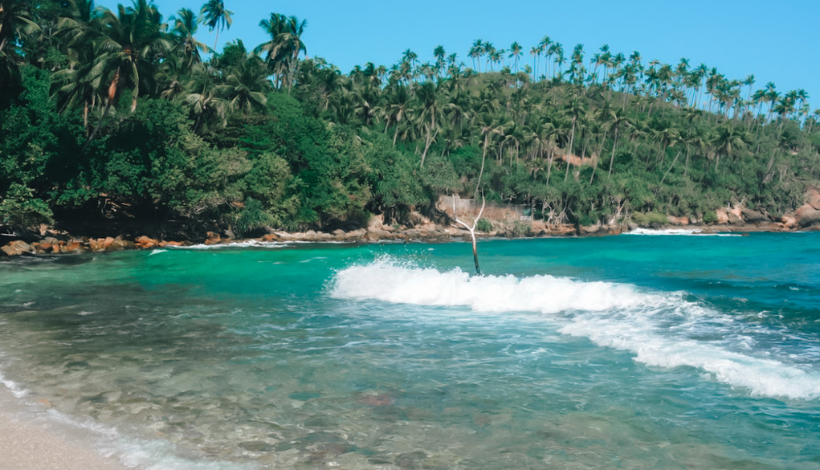
Sri Lanka's got warm water, consistent swells, and enough variety that beginners and experienced surfers both find waves that work.
Weligama is the classic beginner spot – sandy bottom, gentle waves, and loads of surf schools that have seen every possible student mistake. You'll spend your first lesson mostly falling off, which is entirely normal and everyone's watching their own struggles rather than judging yours.
Mirissa and Hikkaduwa step it up for intermediate and advanced surfers. Waves get bigger, break more powerfully, and require actual skill rather than just standing up and hoping.
Why it works: Tropical water warm enough you barely need a wetsuit. Surf communities that are friendly and inclusive rather than territorial and aggressive. Brilliant food nearby for refuelling after sessions that leave you properly knackered.
Best months: November to April for the south coast. June to September for the east coast. Outside these windows you're dealing with monsoon, big swells, or flat water depending on timing.
What you need: A local instructor who knows the currents, the breaks, and where beginners should actually paddle out versus where they absolutely shouldn't. The ocean's more powerful than it looks. Respect it, learn from people who understand it, and progress gradually rather than attempting advanced breaks because they look fun.
Beginner vs. Actually Experienced
Not all adventures require years of training. Some you can attempt first go with proper instruction. Others? You should definitely have experience first.
Start Here If You're New
-
Surf lessons in Weligama - patient instructors, forgiving waves, soft falls
-
Mild rafting on Beas River - exciting without being terrifying, guides handle the technical stuff
-
Intro dives in Bali - shallow water, instructor right beside you, easy conditions
-
Tandem paragliding in Bir - pilot does everything, you just enjoy the view
-
Ziplining in Nepal or Thailand - pure adrenaline, minimal skill required
Work Up to These
-
Nevis Bungy - even experienced jumpers find this intense
-
Zanskar River rafting - serious rapids, real consequences for mistakes
-
Deep diving near Nusa Penida - strong currents, depth requires advanced certification
-
Big wave surfing on Sri Lanka's east coast – powerful swells, potential for proper injury
-
Multi-day trekking with cliff scrambling – fitness, navigation skills, and experience essential
The gap between these categories is significant. Don't skip steps because you're feeling confident. Build skills gradually, learn from experts, and recognise your limits even while pushing them.
When to Actually Go
Different adventures peak at different times. Timing matters more than you'd think – wrong season and you're either miserable or activities get cancelled entirely.
New Zealand adventures: October to April
Summer months with stable weather and warm enough temperatures. Winter's possible for some activities but you're adding cold and unpredictable weather to the equation.
Himachal rafting: April to June, September to October
Snowmelt season and post-monsoon both deliver high water levels and exciting rapids. Monsoon itself is a terrible idea – rivers become genuinely dangerous.
Bali diving: April to November
Dry season with calm seas and excellent visibility. Rainy season brings choppier water and reduced visibility.
Sri Lanka surfing: South coast November to April, East coast June to September
Follow the monsoon pattern – surf whichever coast isn't getting hammered by weather. You want consistent swells, not storm chaos.
Bir Billing paragliding: October to December, March to May
Stable weather, reliable thermals, clear skies. Summer gets too hot with unpredictable thermal activity. Monsoon's completely unsuitable – visibility and weather are both terrible.
Plan early. The best operators book up during peak seasons. Weather windows matter more for some activities than others – paragliding and diving especially need specific conditions to work safely.
What This Actually Costs
Adventure tourism spans enormous price ranges depending on location, operator quality, and experience level. Here's realistic budgeting:
Bungee Jumping (New Zealand)
-
Entry-level jumps: ~ Inr 14,000–20,000
-
Higher jumps / premium Nevis jump: ~ Inr 20,000–25,000
Paragliding (Bir Billing, Himachal)
-
Tandem short-flight (15–20 min): ~ Inr 2,500–3,500
-
Longer flight (20–30 min): ~ Inr 4,000–4,500
Rafting (Himachal / India in general)
Diving (Bali, Indonesia)
-
~ Inr 3,500–6,000 or Inr 8,000–15,000 as standard
Surfing (Sri Lanka)
-
~ Inr 1,200–2,000 or Inr 3,000–6,000 as standard
Costs fluctuate with season, operator reputation, equipment quality, and how many people are booking. Peak season inflates prices. Shoulder season sometimes offers deals. Rock-bottom prices usually mean corners are being cut somewhere – usually safety equipment or instructor qualifications.
Why Put Yourself Through This
Adventure travel isn't about proving anything or collecting bragging rights. Though you'll absolutely tell these stories repeatedly.
It's about that moment when your breath catches and your mind goes completely clear because you're focused entirely on what's happening right now. When you realise you're doing something you genuinely never imagined yourself capable of. When fear and exhilaration mix so completely you can't separate them.
Whether you're stepping off a platform attached to elastic, catching a wave that actually lifts you properly, or descending into blue water where everything feels weightless – these experiences lodge themselves in memory differently than regular holidays.
The rush fades. Eventually. But the story you'll carry? That lives long after the adrenaline's worn off and you're back to normal life, wondering when you can do something that terrifying and brilliant again.
Just maybe double-check the operator's safety record first.




 November 28, 2025
November 28, 2025





 Share
Share
 Download as PDF
Download as PDF  From
From  Travellers & class
Travellers & class  Rent For
Rent For Departure Date
Departure Date 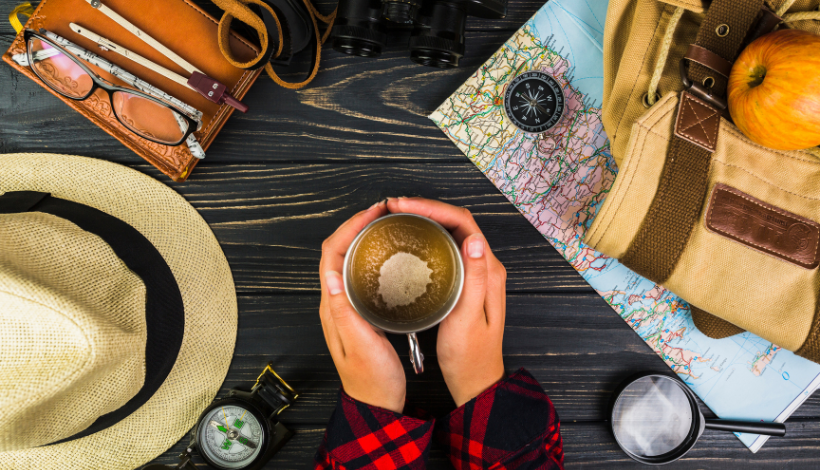

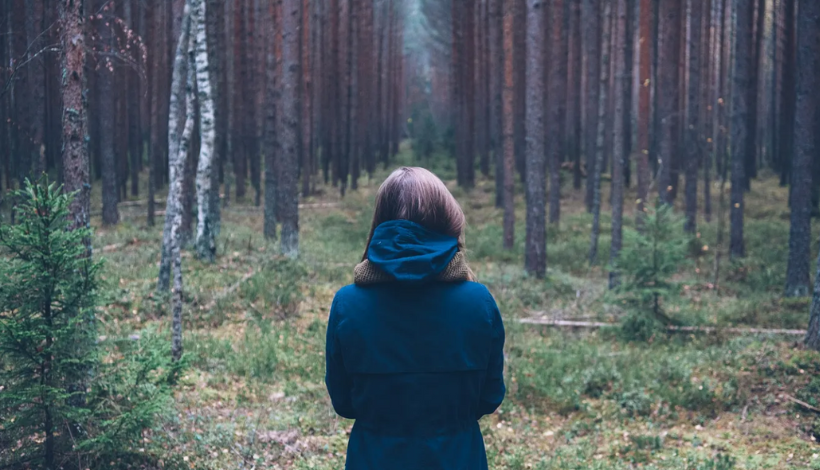

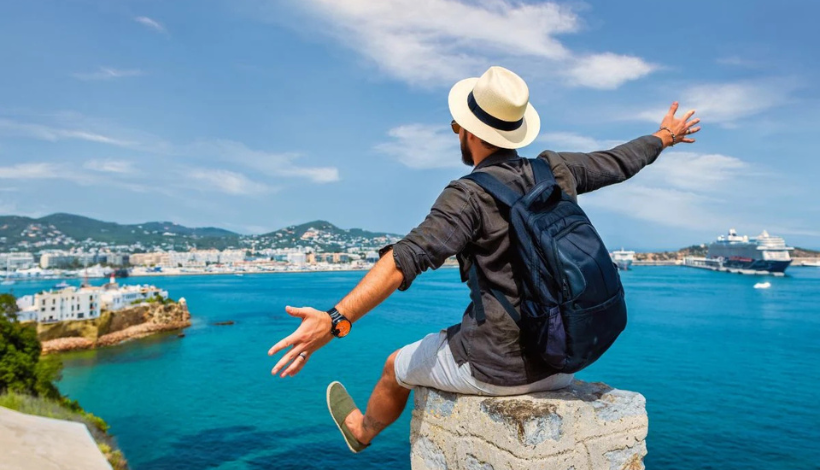
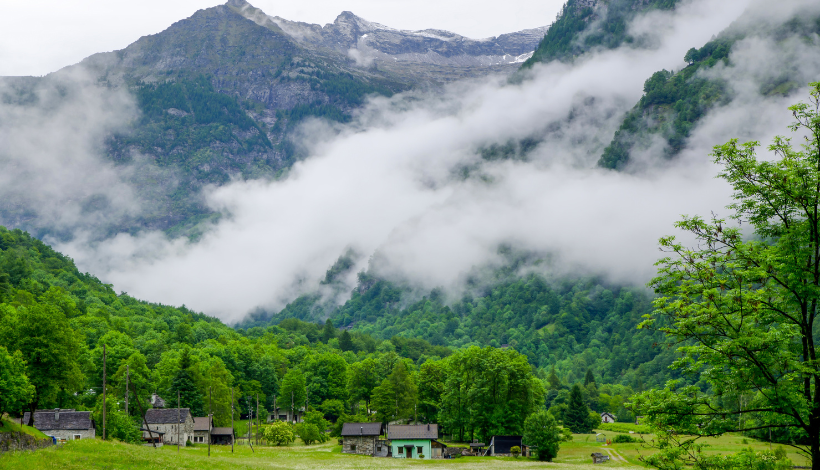
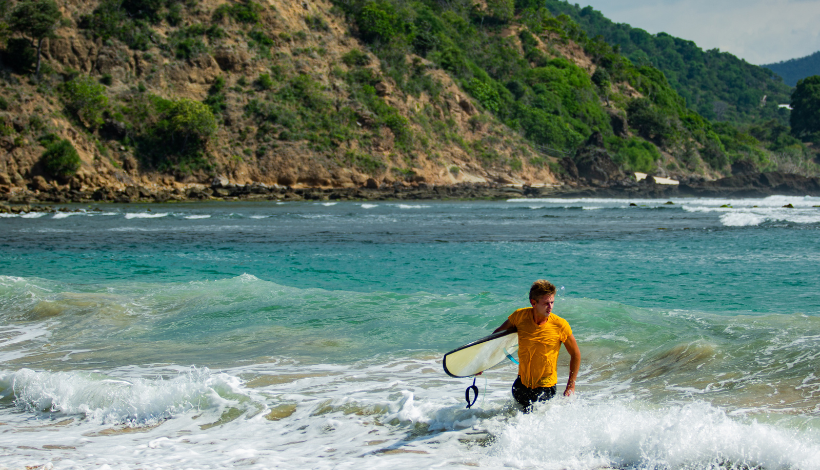
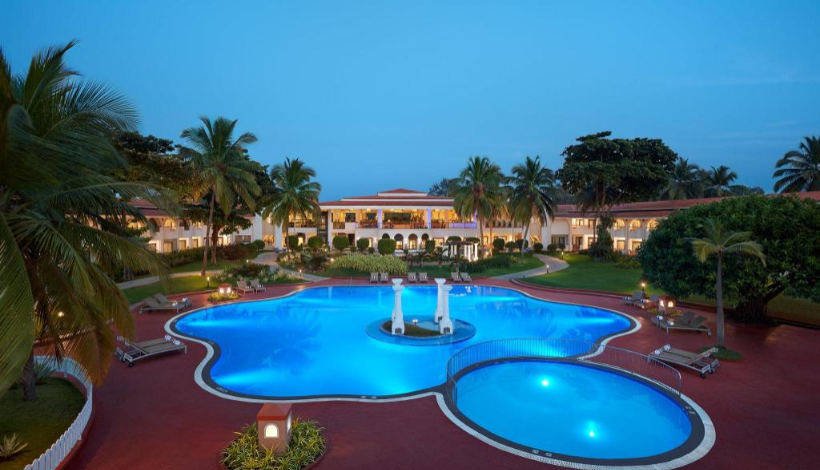
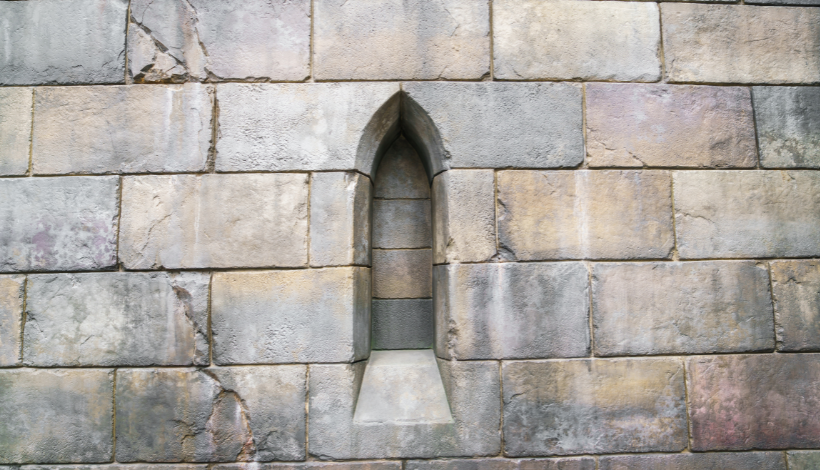


{{cmnt.comment}}